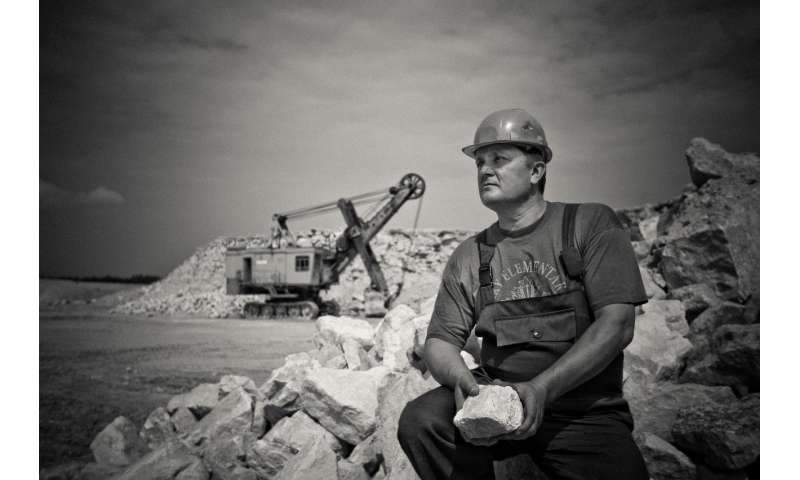
Human error is a causal factor in up to 80 percent of workplace accidents. A new study measuring the eye movements and cognitive processes for at-risk workers, sheds new light on the potential to avert accidents and possibly prevent workplace injuries. The study “Measuring attention, working memory, and visual perception to reduce risk of injuries in the construction industry,” by Behzad Esmaeili, Ph.D., George Mason University challenges the conventional, reactionary paradigm of safety-risk management.
This study, and others exploring the hazards faced by the American workforce, will be featured on December 17, during the Focusing on Workers and Risk Decision-Making session at the 2020 Society for Risk Analysis virtual Annual Meeting, December 13-17, 2020.
Esmaeili’s study used eye-tracking experiments to build an error-detection framework that computes the likelihood of human error in occupational settings. The researchers linked eye movement and workers’ attention with research focused on working-memory load and decision making to understand how and why workers in a dynamic environment fail to detect, comprehend and/or respond to physical risks.
The experiment found that (1) eye movements can be used as precursors of workers’ safety errors, (2) working-memory load and personality traits play a significant role in risk-taking behavior and (3) data mining classifier can be used to compute the likelihood of different types of human errors.
Other contributing factors to human error in the workplace are stress and complexity. In a second study, Vincent Paglioni, University of Maryland, analyzed the impacts of these compounding factors on the relationship between human failures in the operation of power plants. The ability to accurately model human reliability can improve safety analyses in numerous industries, including nuclear power and aviation.
The study, “Temporal behaviors of dependency relationships in human reliability analysis,” fills a major technical gap in Human Reliability Analysis (HRA). “Current HRA models are incorrect in the way that they model time-dependent effects of factors such as stress and complexity. By melding research in psychology, reliability engineering and data science, we can develop more accurate HRA models,” states Paglioni. “The results will improve risk analysis methods to ensure the safety of complex engineering systems.”
Firefighters are essential to the safety of our communities, but in addition to physical and mental stresses at work, firefighters are also subject to chemical exposures that can lead to disease and long-term health issues. Mary Fox, MPH, Ph.D., Johns Hopkins University, conducted a literature and narrative review of firefighter health from articles published in PubMed, Embase and PsycINFO.
Source: Read Full Article
